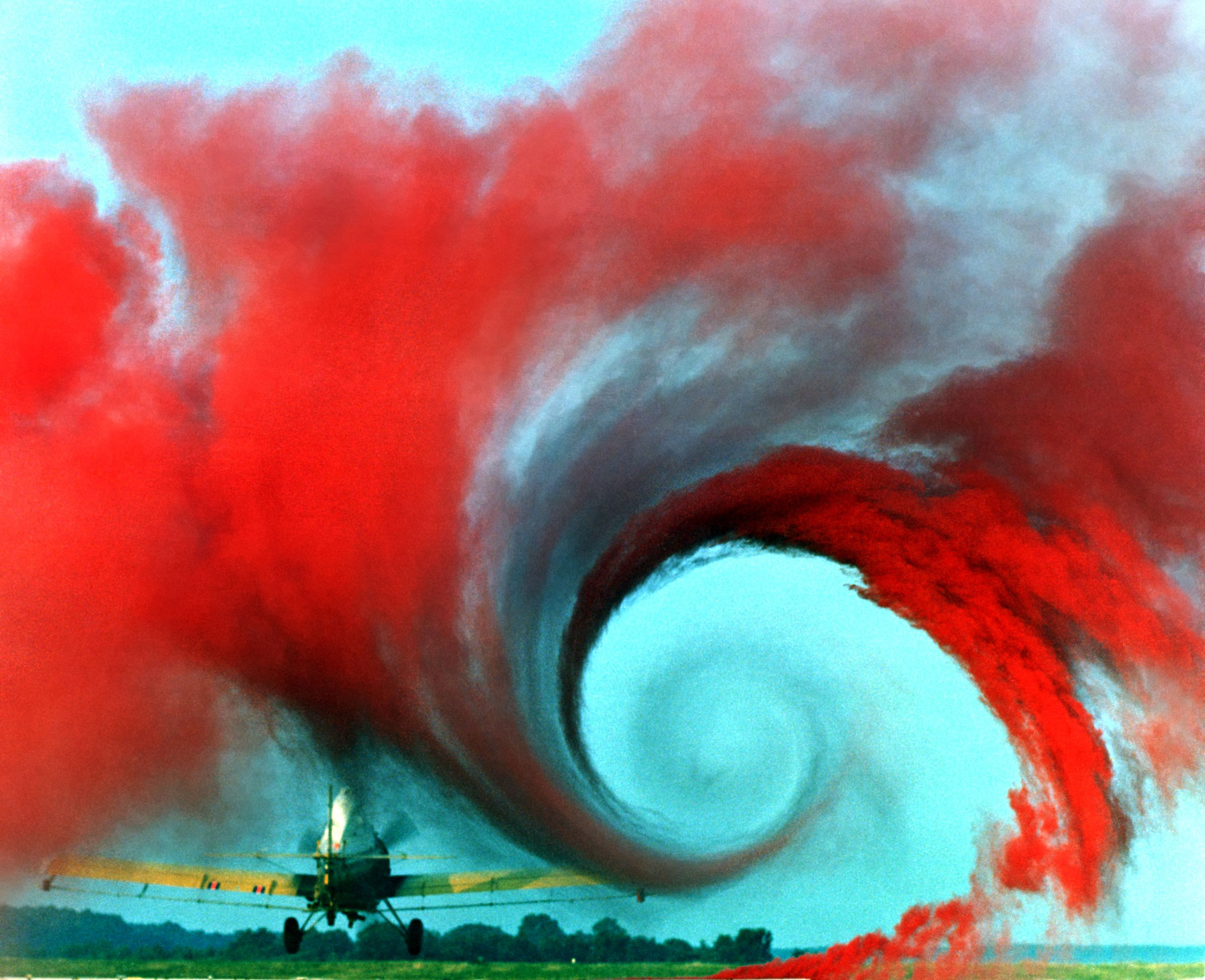Flight Operations
- Review Aerodynamics & Airplane Systems
- 1.1Explain the four forces which act on an airplane in flight
- 1.2Explain the angle of attack- Commercial Pilot-Aerodynamics and Performance
- 1.3Explain the basics of Aerodynamics
- 1.4Explain drag
- 1.5Explain thrust, stability, and center of gravity
- 1.6Explain weight and balance
- 1.7Demonstrate knowledge of aircraft components
- Pressure, Temperature & Density
- Weather
- 3.1Identify and explain the structure of the earth’s layers of the atmosphere, and become knowledgeable of the history of the study of meteorology
- 3.2Describe atmospheric conditions using appropriate weather terminology
- 3.3Demonstrate an understanding of frontal systems
- 3.4Demonstrate an understanding of wind speed, temperature, pressure & dew point
- 3.5Employ meteorological terminology and coding procedures
- 3.6Identify air masses and monitor daily weather phenomena
- 3.7Demonstrate an understanding of synoptic weather structure
- Weather Forecasting
- Weather Hazards
- Weather Tools
- IFR
- IFR
- IFR Navigation
Review Aerodynamics & Airplane Systems
Basics of Aerodynamics in Aviation

Branch of dynamics concerned with studying the motion of air.
Aerodynamics is the study of how air moves around objects, particularly an aircraft in flight. It is a fundamental concept in aviation, as it directly impacts the aircraft's performance and safety. This article will delve into the principles of lift, drag, and thrust, as well as the role of air pressure and airspeed in aerodynamics.
Lift, Drag, and Thrust
The motion of an aircraft is governed by four forces: lift, weight, thrust, and drag. Lift is the upward force that opposes the weight of the aircraft and holds it in the air. It is generated by the flow of air over the wings of the aircraft.
Drag is the resistance that an aircraft experiences when moving through the air. There are two types of drag: parasitic and induced. Parasitic drag is caused by the friction between the aircraft and the air, while induced drag is related to the generation of lift.
Thrust is the forward force that propels the aircraft through the air. It is produced by the aircraft's engines, either by jet engines in jet aircraft or propellers in prop aircraft.
The Role of Air Pressure and Airspeed
Air pressure and airspeed play a crucial role in aerodynamics. Air pressure decreases with altitude, which affects the performance of the aircraft. At higher altitudes, the air is less dense, which means the aircraft needs to move faster to generate the same amount of lift.
Airspeed, on the other hand, is the speed of an aircraft relative to the air through which it is flying. There are different types of airspeed: indicated airspeed (IAS), true airspeed (TAS), and groundspeed (GS). Each type of airspeed has its own significance in flight operations.
The Bernoulli Principle
The Bernoulli Principle is a fundamental concept in aerodynamics. It states that as the speed of a fluid (in this case, air) increases, its pressure decreases. This principle explains how lift is generated. As air flows over the curved upper surface of the wing, it moves faster than the air flowing under the wing. This creates a pressure difference, with lower pressure on top and higher pressure underneath, which generates lift.
Understanding the basics of aerodynamics is crucial for anyone involved in aviation. It not only helps pilots operate aircraft safely and efficiently but also aids in the design and manufacture of aircraft. By understanding these principles, we can appreciate the complex physics that allow us to take to the skies.